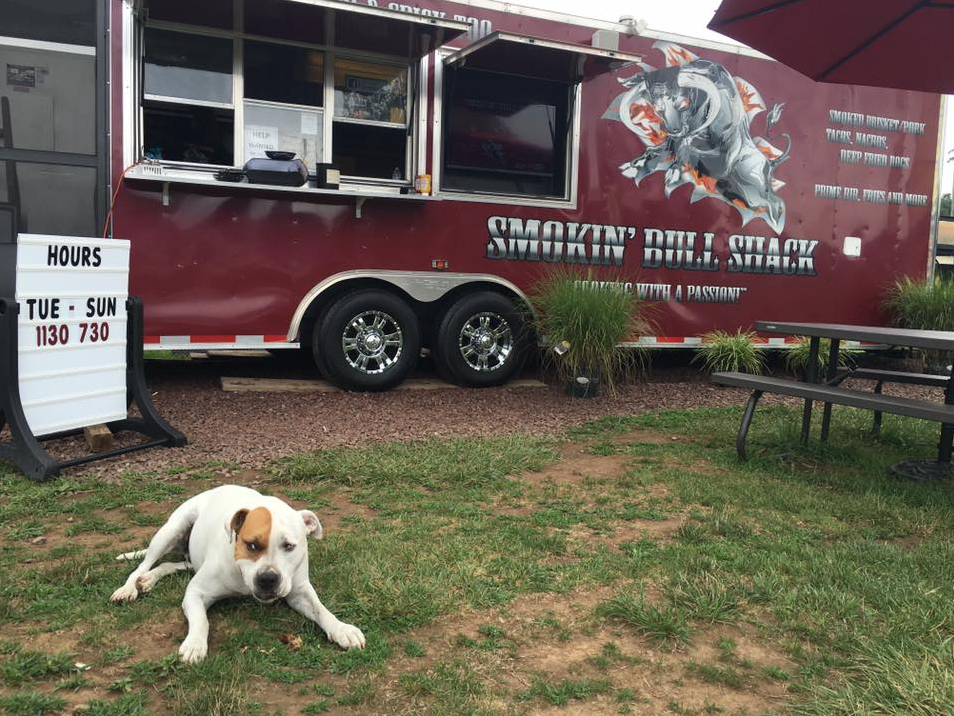
In the food truck business, it’s not how much money you make, but how much income you get to keep after expenses that really matters. In today’s post, we take a look at three different food truck concepts that are designed for profitability due to the high-margins of their product and strong demand no matter where you live in the country.
There are a number of expenses that you can’t get around when operating a food truck. You need a truck and cooking equipment obviously. But there’s also expenses like health permits, insurance, gas, and monthly cell phone payments that are needed to operate this business model successfully. These are things you can’t do without and in most cases don’t want to skimp on.
You do have a choice on the amount of expenses you can anticipate paying for product when you’re figuring out your food concept, however. Some proven food concepts have a much lower cost and as a result higher margin for you as a business owner. Most of these business models are once you’ve heard of and likely enjoyed as a customer from time to time. A part of the reason you’ve seen these food concepts in your area is because they are so profitable and generate a nice income for the owners.
The other element to note about these food concepts is that you won’t see a lot of fluctuation in the cost of these products over time. Consistency of costs is another important factor in projecting the long-term profitability of your mobile business. Although a steak house can be very popular and profitable. One of the downsides from a business operations perspective is that the price of ribeye and other meats in general will fluctuate. A fluctuation of .10 – .25 cents per pound may not make a huge difference to you as a customer. But when you’re operating a business and buying in large volumes this can really cut into your bottom line.
With that being said, here are a few food concepts that are proven to work and have a high profit margin.
Shaved Ice Concept
Shaved ice could be considered the perfect mobile food item in terms of profitability. As outlined here, you can easily realize profits of over 85% per sale. Here’s one scenario using a medium sized 14 oz shaved ice. You can typically charge $3.00 for this. In some areas of the country, you might even be able to charge $.50 – $1.00 more. Now let’s examine the costs on your end.
The costs on your end as an operator will be $0.13 for ice, $0.02 for a spoon straw, $0.04 for a styrofoam cup, $0.12 for flavored syrup, and $0.01 for napkins for a total cost of $0.32. That leaves you with $2.68 of profit per sale of a medium shaved ice.
Ice Cream Truck Concept
The old fashioned ice cream truck. Now’s here a concept that is tried, true, and here to stay. Not only do ice cream trucks have high-profit margins, but they also have low startup costs and don’t require much in terms of expenses on your end either. If you’re serving pre-made items like Popsicles and ice cream sandwiches then there’s nothing in terms of cooking equipment you need on the vehicle. Just make sure the freezers installed on your vehicle are operational and that’s about all you’ll need aside from a cash register of course.
While the profit margin for ice cream is usually not as high as shaved ice. You can get a profit margin between 50% – 60% using this model. Again we can’t stress enough how low the overhead is too. You can also buy premade cones, sandwiches and other frozen treats through places like Costco or your local grocery store to begin estimating costs. Of course, you’ll be able to get a better price than the typical consumer. Here’s an example of how one ice cream truck driver performed over a period of two summers outside of Boston.
Hot Dog Concept
Finally, the ll-American hot dog is another high profit item. Like the examples listed above, the prices of hot dogs and condiments don’t fluctuate much over a period of years allowing you to make profitability projections with a greater degree of confidence. With a classic hot dog, it can often cost the vendor about $1.50 for a sausage, bun, relish and other typical condiments and sell that food item for between $3.00 – $5.00.
